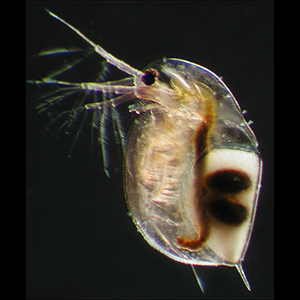 Smart Citations
Smart CitationsSee how this article has been cited at scite.ai
scite shows how a scientific paper has been cited by providing the context of the citation, a classification describing whether it supports, mentions, or contrasts the cited claim, and a label indicating in which section the citation was made.
Metabarcoding to monitor the crustacean zooplankton of a lake improves when using a reference DNA library from local samples
Biodiversity surveys through morphology provide invaluable data to inform biological monitoring efforts, involving specialised taxonomic skills that are not always available. The revolution brought by the advent of metabarcoding associated to massive sequencing is currently seen as a potential advance, even if different approaches may often provide different results. Here we test if reliable results from metabarcoding can be obtained by i) basing the analyses on a detailed knowledge of the local diversity from morphology, ii) applying tools from DNA taxonomy to create a local reference library, ii) developing custom primers, taking as example the crustacean zooplankton of a subalpine lake in Northern Italy, Lake Maggiore. We support the idea that occurrences from metabarcoding can be reliable, especially with targeted primers, but we confirm that read numbers from massive sequencing could not be related to abundance of individuals in our analyses. Data from metabarcoding can thus be used to reliably monitor species occurrence in the lake, but not changes in abundance.
Downloads
Supporting Agencies
CIPAIS, Progetti@CNR SOS AcqueHow to Cite

This work is licensed under a Creative Commons Attribution-NonCommercial 4.0 International License.

 https://doi.org/10.4081/jlimnol.2023.2087
https://doi.org/10.4081/jlimnol.2023.2087






